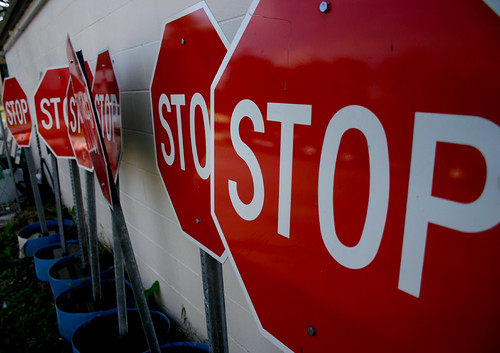 About a month ago (yes, I am behind on my reading), Lucas McDonnell had a nice post on 6 signs your knowledge management strategy is in trouble.
About a month ago (yes, I am behind on my reading), Lucas McDonnell had a nice post on 6 signs your knowledge management strategy is in trouble.
If you work in knowledge management (or in a KM-like area), you know that on many projects, things go wrong — and it’s often difficult to pinpoint the exact moment where the train left the tracks. So I thought I would put together (based on my own experiences and many, many conversations with colleagues from many different organizations) some warning signs that should tell you your strategy’s in trouble.
I like where he is going with this, particularly in combination with some recent reading on change management and management buy-in, his list is very familiar (Lucas has more detail under each of these items, of course):
- People outside your group don’t understand what you’re doing.
- You keep changing vendors/technologies/products.
- You keep layering vendors/technologies/products on top of each other.
- You find it difficult to explain what you’re trying to accomplish.
- You’re prescribing organizational change.
- You’re making big promises.
One big "sign" that runs through all of these is that the strategy is taking forever to implement. It's related to people understanding what you're doing; to cycling through products; and to explaining the goals. If your KM initiative -- or any initiative for that matter -- is getting stuck, then something big is missing. Similarly: even if things look good, but your measures aren't improving, something is amiss. (Your strategy includes measures of success, right?)
I've seen this on a project recently where all the mechanisms were being followed, but the new behaviors weren't following suit. We had to look hard at what was happening and check our assumptions - looking for what "signs" we had missed. And now we're back to fixing those missteps so that we get the behavior change needed for the success of the project.
What other signs are there?
[Photo: "Stop Signs, High Springs" by adobemac]